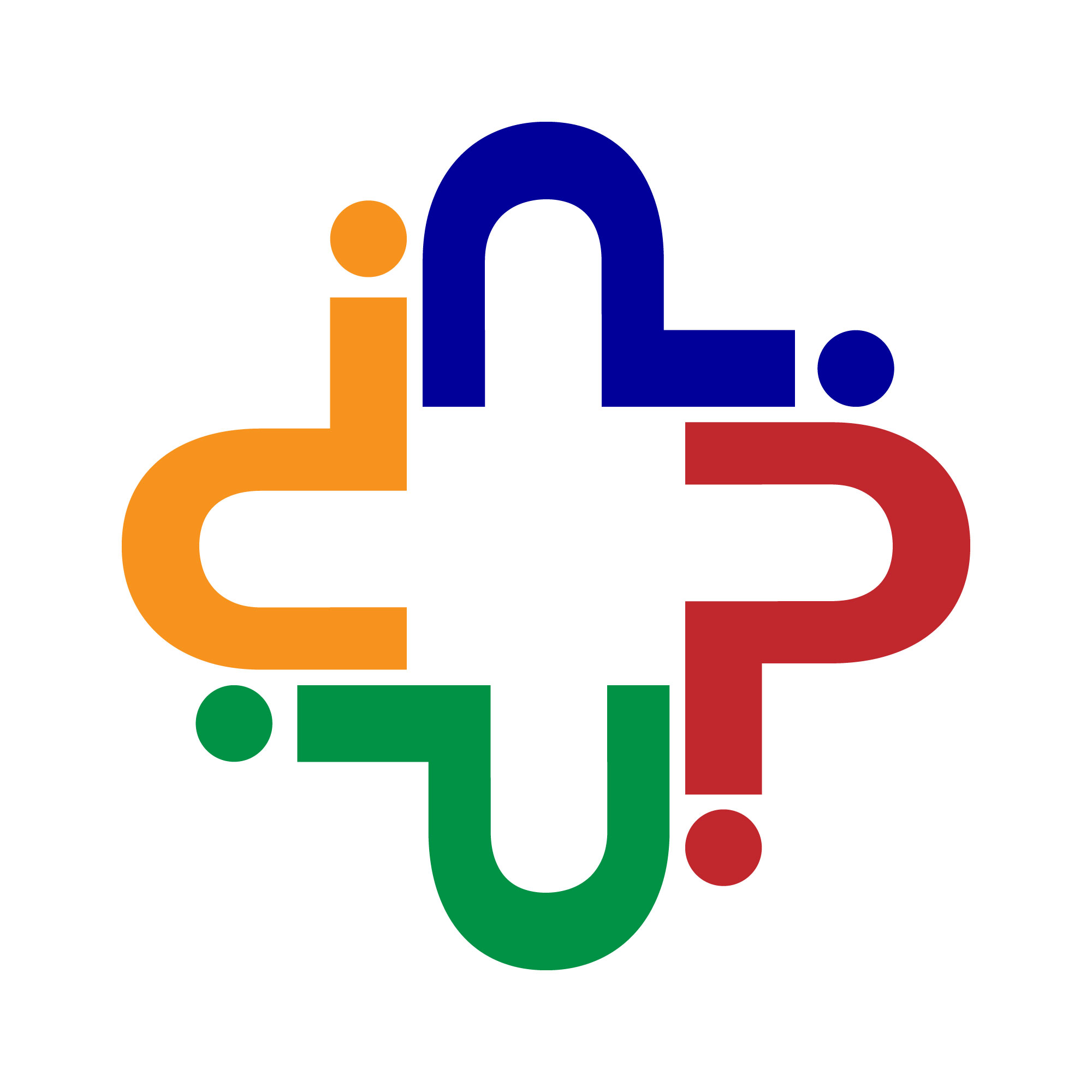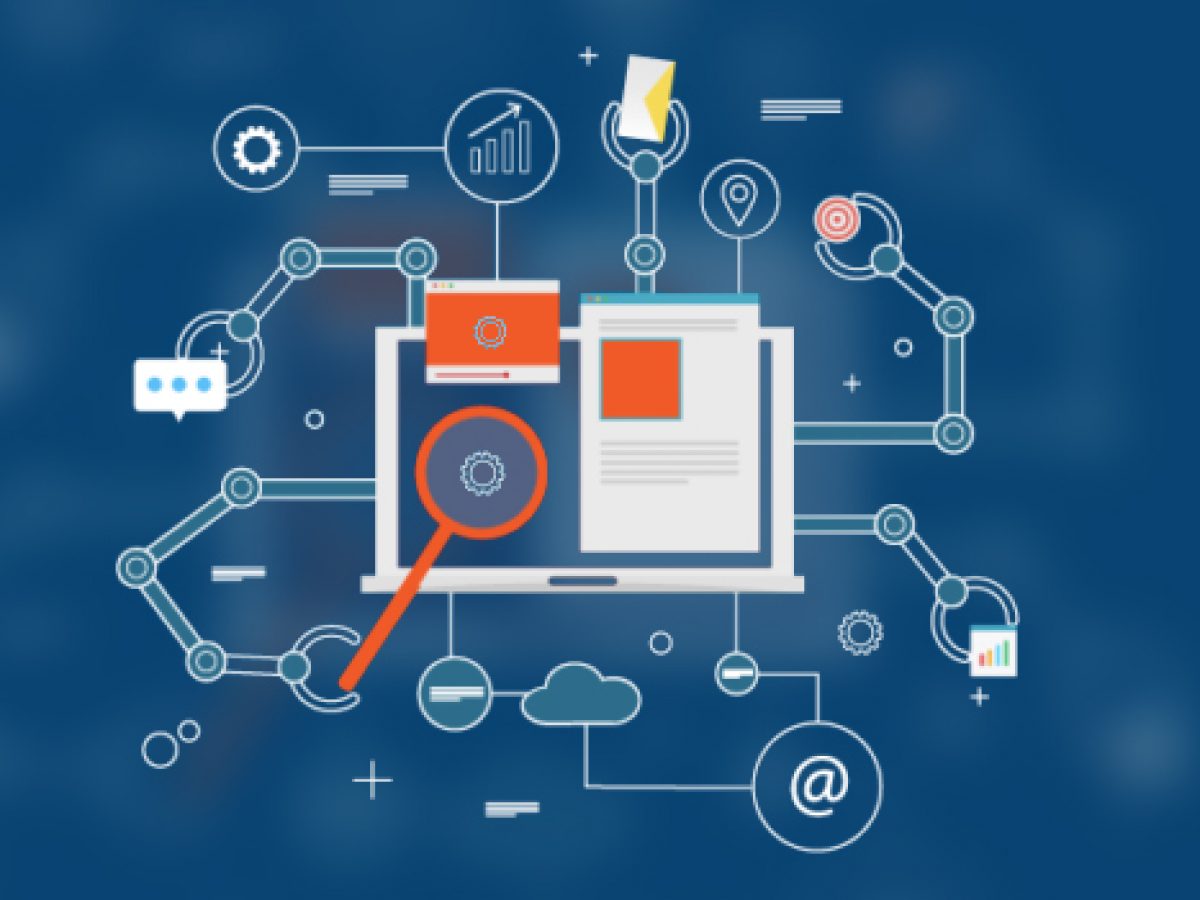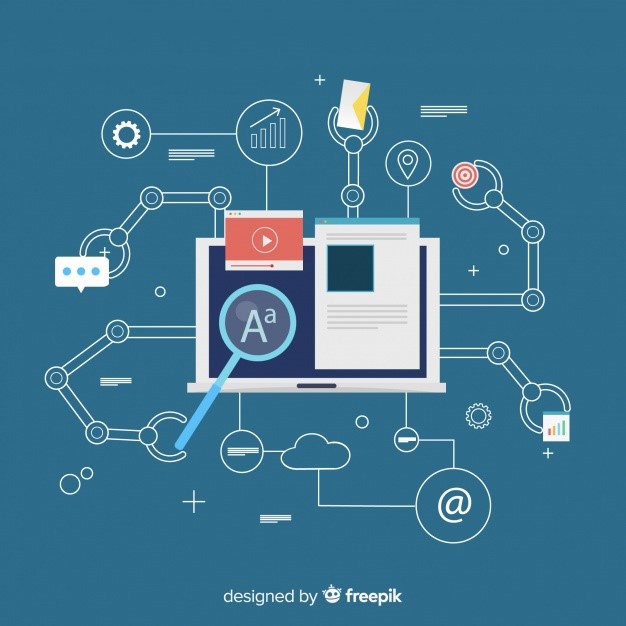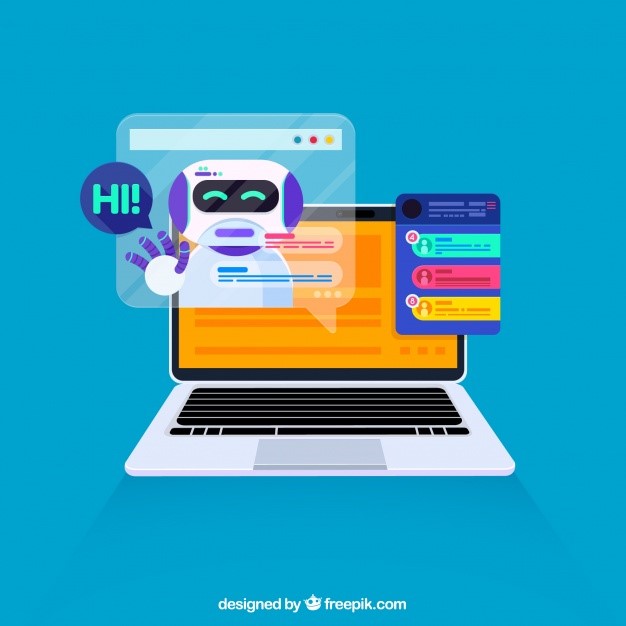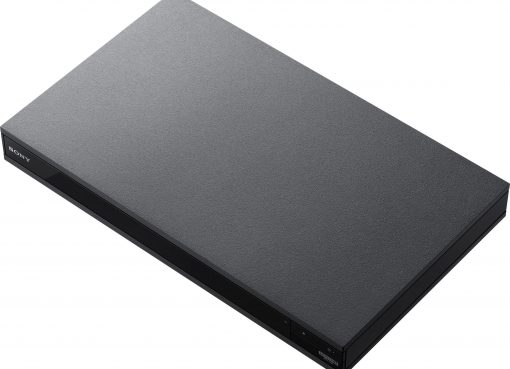Today, customers expect highly personalized conversations and instant gratification from their preferred brands. Therefore, it is vital to invest in automation technology to ensure a seamless and hassle-free experience at various customer touchpoints. Automation also helps to streamline numerous processes, ensuring the work is done faster, more accurately, while breaking down the informational siloes for better customization.
Proven Automation Strategies to Earn Your Customers’ Loyalty
With customer experience as the new battleground for enterprises, it is essential to leverage technology to meet your users’ growing expectations. Generally speaking, speed, convenience, and reliability are crucial for great customer experience. Thus, automating your customer engagement touchpoints, like marketing and support, can go a long way in delivering an outstanding experience and keeping your customers happy and satisfied.
Happy customers are more loyal to your brand, spend more, and are less likely to churn. According to a Forbes article, loyal customers are five times more likely to purchase again and four times more likely to refer your company to a friend.
So, if you are ready to improve customer loyalty and, in turn, your company’s bottom-line, here are four proven automation strategies that promise fast results:
1. Marketing Automation
Marketing automation technologies can help you deliver a highly personalized experience to your customers across all touchpoints in an affordable manner. Marketing automation not only improves your lead generation efforts but also impacts your conversion rate and revenue positively.
The first step in marketing automation is about understanding customer behaviour. You can use analytics to divide your customers into segments based on their age, location, gender, income, preferences, etc. Once this is done, it becomes possible to create personalized marketing content for each segment that is bound to connect better with the target group.
Another exciting idea is to set up a drip email or triggered email marketing campaign. With an automated email campaign, you can send tailored messages to the right people at the right time without much effort. Triggered emails are sent to a customer when they take a pre-set action (the trigger) on your site. So, if a customer purchases on your site, he or she will receive an automatic thank you email, complete with a personalized note and order details for future reference.
According to a study, triggered emails are more likely (70.5%) to be opened compared to other types of emails. The reason is that users expect you to send an email when they take action on your site – such as when they hit the ‘subscribe’ or ‘buy’ button. In fact, not sending a thank you email on completing a purchase or welcome email on signing up may imply that the process wasn’t successful.
For your team, triggered emails mean lesser work, as they don’t have to type out messages or send invoices individually to every customer.
2. Customer Service Automation
Customer engagement software like live chat can improve the customer experience by offering swift and reliable support to customers. Live chat software can also be integrated with your existing CRM for building up your database of user information automatically and providing customers with highly personalized interactions. Besides, additional options like video and audio calls, co-browsing, etc., increase customer satisfaction and make the onboarding process simpler.
You can also integrate a chatbot on your website and social media pages to automate customer service interactions. Chatbots are powered by machine learning algorithms and learn quickly to respond to a plethora of customer queries efficiently. They can also collect information about customer behaviour and browsing history and send customized offers and promotions to users for more sales.
3. Content Automation
B2B marketers with high customer engagement scores achieve much higher revenues and profitability than other companies, says Gallup. The primary reason behind their success is sharing customized content that their customers want to see.
Instead of blasting their users with irrelevant promotions, successful companies send them content that they would like to see, like tailored product suggestions and offers based on their engagement history and behaviour. To achieve such a personalization level, you need to implement sophisticated algorithms and crunch data to automatically segment users and craft messages that match the user persona in every segment.
It is also essential to stay in touch with users by sending them interesting and engaging content from time to time. Some examples of such content include newsletters, surveys, special discounts, event invites, webinar and e-book links, referral programs, etc.
4. Data Analytics for Better Customer Insights
Most companies have an increasing amount of customer data at their disposal, which can give them crucial insights into customer experience when appropriately leveraged. With automation technology, it is possible to go through massive amounts of data to gain actionable insights for making better business decisions.
For example, you must have noticed the buying suggestions on Amazon based on your recent transactions. The e-commerce giant employs predictive analytics to rummage through the buying behaviour of hundreds of customers like you, to predict what you may want to buy next. The company goes one step ahead by pre-emptively stocking these items in warehouses near you to enable fast shipping for better customer experience.
You can also use machine learning algorithms to analyze large amounts of user data for business forecasting. Today, many companies also employ sentiment analysis to gauge what users feel about their services by sorting all the social media feedback and conversations according to pre-set benchmarks.
Marketing automation software supports data analytics and can be used to run instant reports using real-time data to predict demand and supply fluctuations, identify users that are likely to churn, recognize and leverage upselling and cross-selling opportunities, and more.
Final Thoughts
According to Forrester, B2B marketers who use marketing automation boost customer loyalty and increase their sales pipeline contribution by about 10%. Marketing automation also enables you to reduce your team’s burden by taking care of repetitive tasks like sending out emails, social media scheduling, chat support, etc. This leaves more room with your marketers to focus on their job’s creative aspect, leading to more meaningful marketing strategies and improved revenue in the long run.
The four strategies shared in this write-up will help you automate a large chunk of your marketing process while improving customer experience and loyalty at the same time. Besides, we also recommend staying up to date with new technologies in the field to keep your marketing strategy relevant.
- 4 Automation Strategies to earn your customers’ loyalty - August 16, 2020
